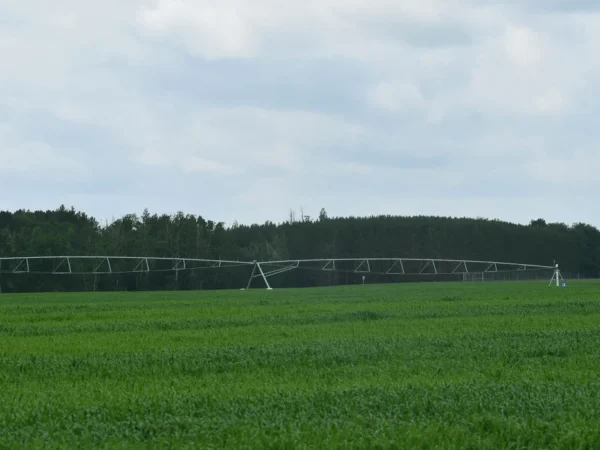
Long-lived chemicals that were banned years or even decades ago in the U.S. and Canada are still turning up in the bodies of fish and migrating terns in the Great Lakes, and they continue to affect the health of those threatened birds.
Scientists found all three chemicals they checked for in the brains and livers of more than two dozen common terns, at all life stages – chicks, juveniles and adults. They also found the same pollutants in emerald shiners, the birds’ main food source in the Great Lakes, indicating that the migratory birds were getting at least some of their chemical load in the Great Lakes region and not picking it up elsewhere.
Diana Aga – an environmental chemist at the University of Buffalo – and her colleagues tested dead terns collected from the Niagara River for the presence of three persistent organic pollutants, or POPs: polybrominated diphenyl ethers (PBDEs), a flame retardant used in car seats, mattresses and many other household products; polychlorinated biphenyls (PCBs), used as a coolant or insulating fluid in electrical transformers and capacitators; and the insecticide dichlorodiphenyltrichloroethane (DDT). All three chemicals have been phased out in North America; PBDEs in 2013, and PCBs and DDT in the 1970s.
Surprisingly, said Aga, the highest concentration of the chemicals was found in chicks, not adult birds.
“We would expect higher concentrations in older birds, because they have lived longer and so had more time to accumulate the chemicals,” she said.
This is a sign that the chemicals are passed down from mother to chick through the egg, said Aga, something that has been seen before in other species.
“These chemicals are fat-loving, they like to stick to fat and protein, and eggs are full of both,” she said.
The chemicals were found at high enough concentrations to potentially harm the birds’ health and affect the recovery of the threatened species. DDT at high enough concentrations can cause thinning of the eggshell, while the other chemicals are endocrine disruptors that can affect the birds’ metabolism and development, and cause cancer.
The Niagara River, where the terns were collected, was used as a disposal site for POPs until the 1970s and has been designated as an Area of Concern by the U.S. Environmental Protection Agency.
But POPs pose a similar threat throughout the Great Lakes region, said Daniel Macfarlane, an environmental historian at Western Michigan University.
“There is this false sense that after we outlawed most of these chemicals, we assumed that they were not getting into the lakes anymore,” he said. “But they persist, and the concentrations are not going down much.”
Macfarlane warned against complacency when it comes to dealing with these legacy pollutants. In some ways, he said, the lakes are worse off than they were 10 or 20 years ago. Remediation work for invisible pollution is an easy target for budget cuts, and environmental regulations have been gutted by the Trump administration over the past four years. Though some of the most polluted sites have been cleaned up, many have not been touched.
“In places like Niagara there is still pollution buried all over, we didn’t remove it,” said Macfarlane. “There are still new inputs [of pollution] to the lakes because it is slowly leaching out. We’re now returning to a lot of the problems we thought we had solved.”
Chemical companies, faced with bans on existing products, have been coming up with new ones – many of which turn out to have similar problems. PBDEs have been replaced with per- and polyfluoroalkyl substances (PFAS), which also persist in the environment and can be damaging to human health. While Aga’s team did not look for these chemicals, a few other studies have found them in eggs before, she said, and testing her tern samples for them will be the next step.
Aga said her work highlights the need to develop new, greener chemicals for things like flame retardants, and more effective ways of containing and cleaning up pollution. Developing chemicals that break down quickly, rather than hanging around for decades, is one important step, as is overhauling wastewater treatment systems. Most sewage treatment systems are designed to remove nutrients, not POPs, said Aga.
“For the things we can’t afford not to use, we need better ways of dealing with the waste,” she said.
Read more on wildlife and pollutants on Great Lakes Now:
Yellow Perch, Emerald Shiners: Diet change might have led to drop in fish catches
Mercury Levels Maintained: Invasive mussels keep mercury levels high in Great Lakes fish
Hunters need to avoid contaminated game
Roller Coaster: Michigan’s long history with environmental contamination
API key not valid. Please pass a valid API key.Featured image: Common Tern (Photo by Corine Bliek via Flickr, CC BY-NC 2.0)
1 Comment
-
Much of this information in in my book, The Dynamic Great Lakes. What will we leave to our children and grandchildren?




